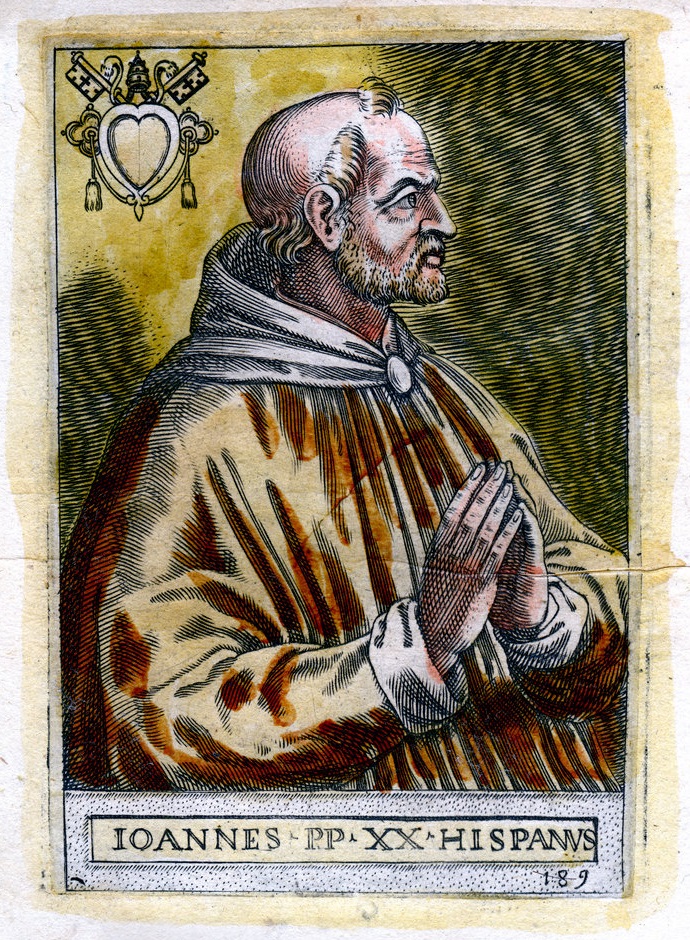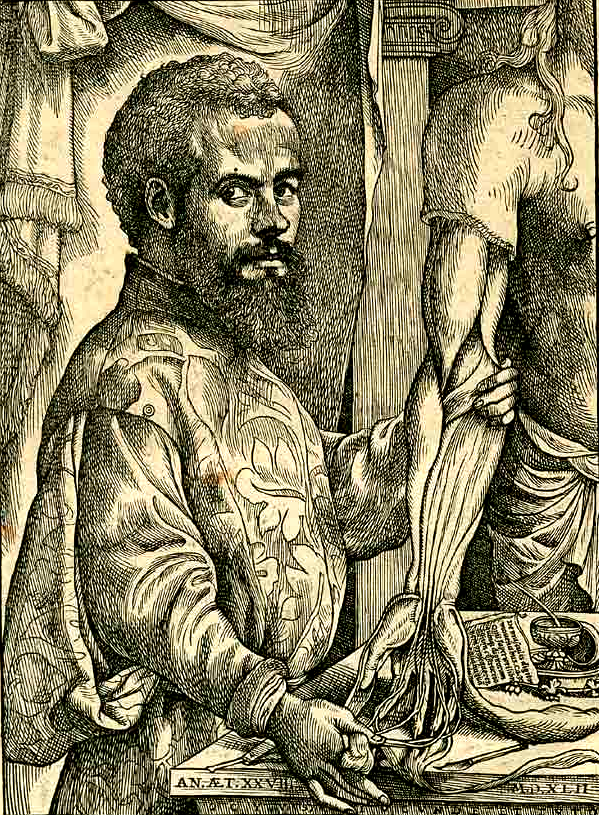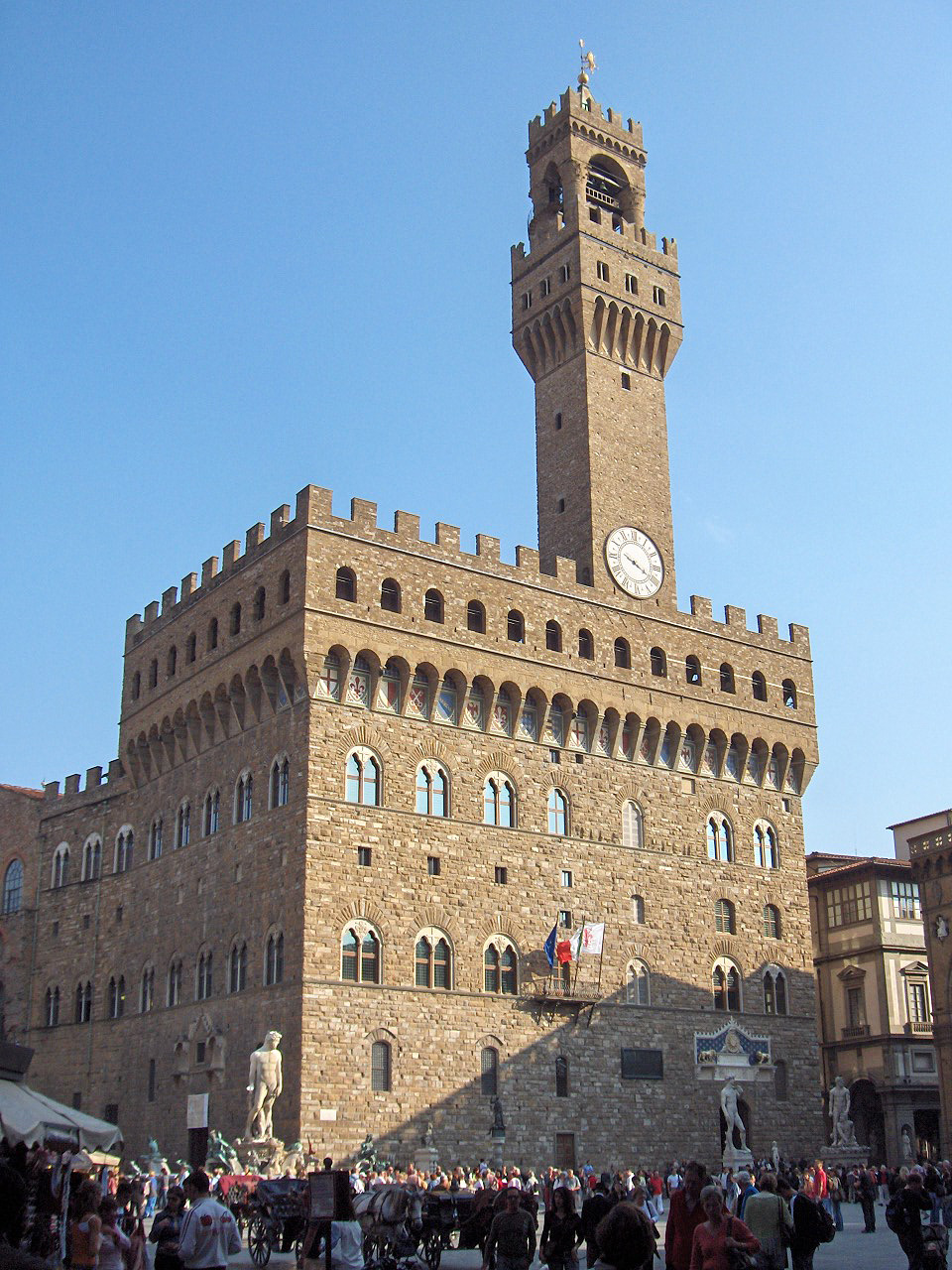|
8 September
Events Pre-1600 * 617 – Battle of Huoyi: Li Yuan defeats a Sui dynasty army, opening the path to his capture of the imperial capital Chang'an and the eventual establishment of the Tang dynasty. *1100 – Election of Antipope Theodoric. *1198 – Philip of Swabia, Prince of Hohenstaufen, is crowned King of Germany (King of the Romans) * 1253 – Pope Innocent IV canonises Stanislaus of Szczepanów, killed by King Bolesław II. * 1264 – The Statute of Kalisz, guaranteeing Jews safety and personal liberties and giving '' battei din'' jurisdiction over Jewish matters, is promulgated by Bolesław the Pious, Duke of Greater Poland. * 1276 – Pope John XXI is elected Pope. * 1331 – Stefan Dušan declares himself king of Serbia. *1380 – Battle of Kulikovo: Russian forces defeat a mixed army of Tatars and Mongols, stopping their advance. * 1504 – Michelangelo's ''David'' is unveiled in Piazza della Signoria in Florence. * 1514 – ... [...More Info...] [...Related Items...] OR: [Wikipedia] [Google] [Baidu] |
Battle Of Huoyi
The Battle of Huoyi (霍邑之戰; Wade–Giles: Huo-i) was fought in China on 8 September 617, between the forces of the rebel Duke of Tang, Emperor Gaozu of Tang, Li Yuan, and the army of the ruling Sui dynasty. Li Yuan, with an army of around 25,000, was advancing south along the Fen River towards the imperial capital, Chang'an, Daxingcheng (the modern Xi'an). His advance was stalled for two weeks due to heavy rainfall and he was met at the town of Huoyi by an elite Sui army of 20,000 (or 30,000) men. Li Yuan's cavalry, under the command of his two eldest sons, lured the Sui out of the protection of the city walls, but in the first clash between the two main armies, Li Yuan's forces were initially driven back. At that point, possibly due to a Stratagem (deception), stratagem on Li Yuan's behalf, the arrival of the rest of the rebel army, or to the flanking maneuver of Li Yuan's cavalry, which had gotten behind the Sui army, the Sui troops collapsed and routed, fleeing back towar ... [...More Info...] [...Related Items...] OR: [Wikipedia] [Google] [Baidu] |
1276
Year 1276 ( MCCLXXVI) was a leap year starting on Wednesday (link will display the full calendar) of the Julian calendar. Events By place Europe * Spring – Sultan Abu Yusuf Yaqub ibn Abd al-Haqq and Muhammad II, ruler of Granada, agree to a truce with King Alfonso X (the Wise) for two years. Before Abu Yusuf leaves, Muhammad's secretary addresses a poem to Abu Yusuf, expressing fear of Castile's power and appealing for Marinid's continued support. Later, Abu Yusuf lands at Alcázar Seguir on January 19. This ending the first Marinid invasion in Al-Andalus (modern Spain). * June – King Rudolf I declares war on his rival Ottokar II. After 6 months of campaigning, Ottokar surrenders all his lands (including Austria and Styria) except Bohemia and Moravia. Rudolf makes Vienna his capital, marking the beginning of the Habsburg Dynasty, which will last until 1918. England * Spring – King Edward I (Longshanks) orders the people of Bayonne in Gascony (as ... [...More Info...] [...Related Items...] OR: [Wikipedia] [Google] [Baidu] |
1565
__NOTOC__ Year 1565 ( MDLXV) was a common year starting on Monday (link will display the full calendar) of the Julian calendar. Events January–June * January 3 – In the Tsardom of Russia, Ivan the Terrible originates the oprichnina (repression of the boyars (aristocrats)). * January 23 – Battle of Talikota: The Vijayanagara Empire, the last Hindu kingdom in South India, is greatly weakened by the Deccan sultanates. * February 13 – Spanish Conquistador Miguel López de Legazpi lands with his troops on the shores of Cebu Island in the Philippines. * March 1 – The city of Rio de Janeiro, Brazil, is founded as ''São Sebastião do Rio de Janeiro'' by Estácio de Sá. * March 16 – Spanish Conquistador López de Legazpi makes a blood compact (''sandugan'') with Datu Sikatuna in the island of Bohol, Philippines. * April 27 – Cebu City is established as San Miguel by López de Legazpi, becoming the first Spanish settlement in the Philippi ... [...More Info...] [...Related Items...] OR: [Wikipedia] [Google] [Baidu] |
Magellan–Elcano Circumnavigation
The Magellan expedition, also known as the Magellan–Elcano expedition, was the first voyage around the world in recorded history. It was a 16th century Spanish expedition initially led by Portuguese explorer Ferdinand Magellan to the Moluccas, which departed from Spain in 1519, and completed in 1522 by Spanish navigator Juan Sebastián Elcano, after crossing the Atlantic, Pacific and Indian oceans, culminating in the first circumnavigation of the world. The expedition accomplished its primary goalto find a western route to the Moluccas (Spice Islands). The fleet left Spain on 20 September 1519, sailed across the Atlantic ocean and down the eastern coast of South America, eventually discovering the Strait of Magellan, allowing them to pass through to the Pacific Ocean (which Magellan named). The fleet completed the first Pacific crossing, stopping in the Philippines, and eventually reached the Moluccas after two years. A much-depleted crew led by Juan Sebastián Elcano final ... [...More Info...] [...Related Items...] OR: [Wikipedia] [Google] [Baidu] |
1522
__NOTOC__ Year 1522 ( MDXXII) was a common year starting on Wednesday (link will display the full calendar) of the Julian calendar, the 1522nd year of the Common Era (CE) and ''Anno Domini'' (AD) designations, the 522nd year of the 2nd millennium, the 22nd year of the 16th century, and the 3rd year of the 1520s decade. Events January–June * January 9 – Pope Adrian VI (born Adriaan Florenszoon Boeyens, Dedens or Dedel; Hadrianus in Latin) succeeds Pope Leo X, as the 218th pope. The only Dutch pope, he will be the last non-Italian elected for more than 450 years. * January 26 – Spanish '' conquistador'' Gil González Dávila sets out from the gulf of Panama to explore the Pacific coast of Central America. He explores Nicaragua and names Costa Rica when he finds copious quantities of gold in Pacific beaches. * April 27 – Battle of Bicocca: French and Swiss forces under Odet de Lautrec are defeated by the Spanish in their attempt to retake Milan ... [...More Info...] [...Related Items...] OR: [Wikipedia] [Google] [Baidu] |
Battle Of Orsha
The Battle of Orsha ( be, Бітва пад Оршай, translit=Bitva pad Oršaj, lt, Oršos mūšis, pl, bitwa pod Orszą, uk, Битва під Оршею), was a battle fought on 8 September 1514, between the allied forces of the Grand Duchy of Lithuania and the Crown of the Kingdom of Poland, under the command of Lithuanian Grand Hetman Konstanty Ostrogski; and the army of the Grand Duchy of Moscow under Konyushy Ivan Chelyadnin and Kniaz Mikhail Bulgakov-Golitsa. The Battle of Orsha was part of a long series of Muscovite–Lithuanian Wars conducted by Muscovite rulers striving to gather all the former Kievan Rus' lands under their rule. According to ''Rerum Moscoviticarum Commentarii'' by Sigismund von Herberstein, the primary source for information on the battle, the much smaller army of Lithuania–Poland (under 30,000 men) defeated a force of 80,000 Muscovite soldiers, capturing their camp and commander. These numbers and proportions have been disputed by some moder ... [...More Info...] [...Related Items...] OR: [Wikipedia] [Google] [Baidu] |
1514
Year 1514 (Roman numerals, MDXIV) was a common year starting on Sunday (link will display the full calendar) of the Julian calendar. Events January–June * January 10 – A great fire breaks out, in the Rialto of Venice. * March 12 – A huge exotic embassy sent by King Manuel I of Portugal to Pope Leo X arrives in Rome, including Hanno (elephant), Hanno, an Indian elephant. * March – Louis XII of France makes peace with Maximilian I, Holy Roman Emperor. * May 2 – The Poor Conrad peasant revolt against Ulrich, Duke of Württemberg begins in Beutelsbach (Weinstadt), Beutelsbach. * May 15 – The earliest printed edition of Saxo Grammaticus' 12th century Scandinavian history ''Gesta Danorum'', edited by Christiern Pedersen from an original found near Lund, is published as ''Danorum Regum heroumque Historiae'', by Jodocus Badius in Paris. * June 13 – ''Henry Grace à Dieu'', at over 1,000 tons the largest warship in the world at this time, ... [...More Info...] [...Related Items...] OR: [Wikipedia] [Google] [Baidu] |
Piazza Della Signoria
Piazza della Signoria () is a w-shaped square in front of the Palazzo Vecchio in Florence, Italy. It was named after the Palazzo della Signoria, also called Palazzo Vecchio. It is the main point of the origin and history of the Florentine Republic and still maintains its reputation as the political focus of the city. It is the meeting place of Florentines as well as the numerous tourists, located near Palazzo Vecchio and Piazza del Duomo and gateway to Uffizi Gallery. Buildings The impressive 14th-century Palazzo Vecchio is still preeminent with its crenellated tower. The square is also shared with the Loggia della Signoria, the Uffizi Gallery, the Palace of the Tribunale della Mercanzia (1359) (now the Bureau of Agriculture), and the Palazzo Uguccioni (1550, with a facade attributed to Raphael, who however died thirty years before its construction). Located in front of the Palazzo Vecchio is the Palace of the Assicurazioni Generali (1871, built in Renaissance style). Pa ... [...More Info...] [...Related Items...] OR: [Wikipedia] [Google] [Baidu] |
David (Michelangelo)
''David'' is a masterpiece of Renaissance sculpture, created in marble between 1501 and 1504 by the Italian artist Michelangelo. ''David'' is a marble statue of the Biblical figure David, a favoured subject in the art of Florence. ''David'' was originally commissioned as one of a series of statues of prophets to be positioned along the roofline of the east end of Florence Cathedral, but was instead placed in a public square, outside the Palazzo Vecchio, the seat of civic government in Florence, in the Piazza della Signoria, where it was unveiled on 8 September 1504. The statue was moved to the Galleria dell'Accademia, Florence, in 1873, and later replaced at the original location by a replica. Because of the nature of the figure it represented, the statue soon came to symbolize the defence of civil liberties embodied in the Republic of Florence, an independent city-state threatened on all sides by more powerful rival states and by the hegemony of the Medici family. The ey ... [...More Info...] [...Related Items...] OR: [Wikipedia] [Google] [Baidu] |
1504
__NOTOC__ Year 1504 (MDIV) was a leap year starting on Monday (link will display the full calendar) of the Julian calendar. Events January–June * January 1 – French troops of King Louis XII surrender Gaeta to the Spanish, under Gonzalo Fernández de Córdoba. * January 21 – After the death of Sten Sture the Elder on December 14 the year before, Svante Nilsson is elected the new Regent of Sweden. * January 31 – Treaty of Lyon: France cedes Naples to Ferdinand II of Aragon, who becomes King of Naples as Ferdinand III. * February 29 – Christopher Columbus uses his knowledge of a lunar eclipse this night, to convince the indigenous Jamaican people to provide him with supplies. * April 1 – English guilds become subject to state control. * April 23 – Maximilian I, Holy Roman Emperor, routes troops to Bavaria. July–December * September 8 – Michelangelo's sculpture of ''David'' is completed in Florence. * September 13 ... [...More Info...] [...Related Items...] OR: [Wikipedia] [Google] [Baidu] |
Battle Of Kulikovo
The Battle of Kulikovo (russian: Мамаево побоище, Донское побоище, Куликовская битва, битва на Куликовом поле) was fought between the armies of the Golden Horde, under the command of Mamai, and various Russian principalities, under the united command of Prince Dmitry of Moscow. The battle took place on 8 September 1380, at the Kulikovo Field near the Don River (now Tula Oblast, Russia) and was won by Dmitry, who became known as russian: script=Latn, Donskoy, label=none, lit=of the Don after the battle. Although the victory did not end Mongol domination over Rus, it is widely regarded by Russian historians as the turning point at which Mongol influence began to wane and Moscow's power began to rise. The process eventually led to Grand Duchy of Moscow independence and the formation of the modern Russian state. Background After the Mongol-Tatar conquest, the territories of the disintegrating Kievan Rus became part ... [...More Info...] [...Related Items...] OR: [Wikipedia] [Google] [Baidu] |
1380
Year 1380 ( MCCCLXXX) was a leap year starting on Sunday (link will display the full calendar) of the Julian calendar. Events January–December * February – Olaf II of Denmark also becomes Olaf IV of Norway, with his mother Margrete (Margaret) as regent. Iceland and the Faroe Islands, as parts of Norway, pass under the Danish crown. * March 13 – The southern England town of Winchelsea in East Sussex is attacked and burned by an expeditionary force from France for a second time."Fires, Great", in ''The Insurance Cyclopeadia: Being an Historical Treasury of Events and Circumstances Connected with the Origin and Progress of Insurance'', Cornelius Walford, ed. (C. and E. Layton, 1876) p27 * May 31 – Grand Duke of Lithuania Jogaila signs the secret Treaty of Dovydiškės, with the Teutonic Knights. This sparks a civil war with his uncle Kęstutis. * June 21 – Battle of Chioggia: the Venetian fleet defeats the Genoese. * July 27 – Henry Boling ... [...More Info...] [...Related Items...] OR: [Wikipedia] [Google] [Baidu] |









